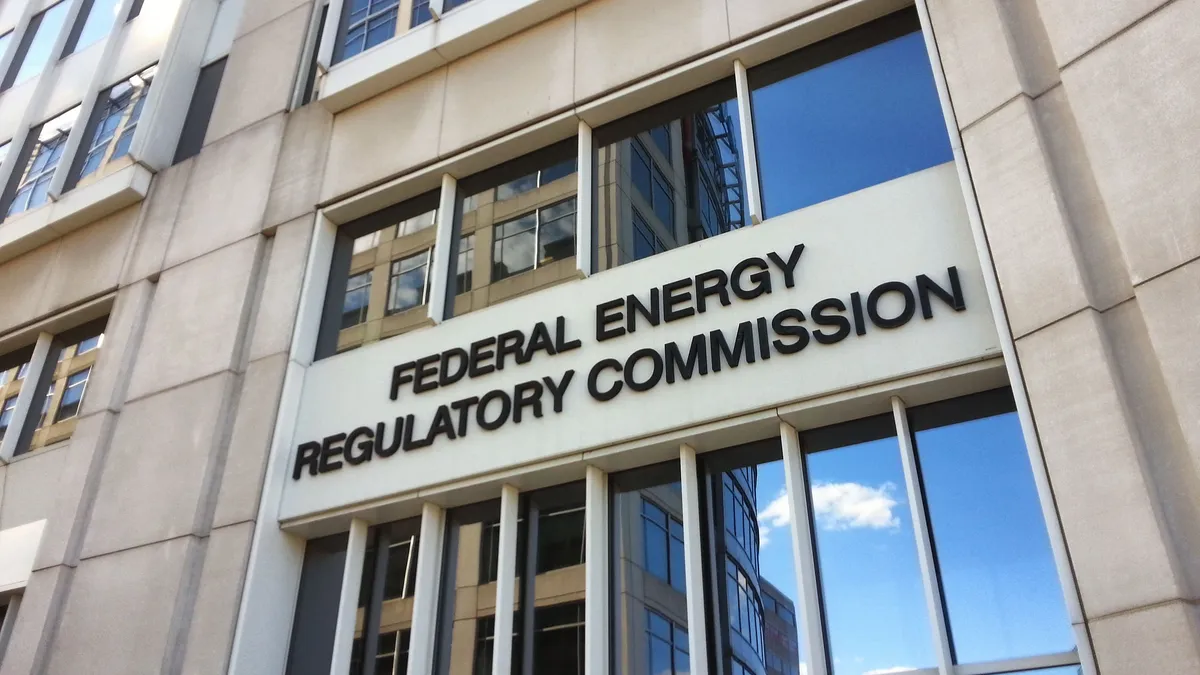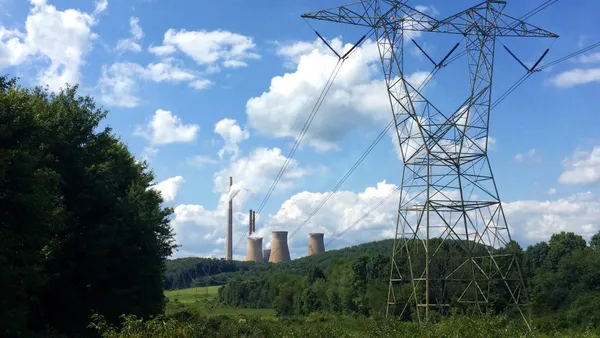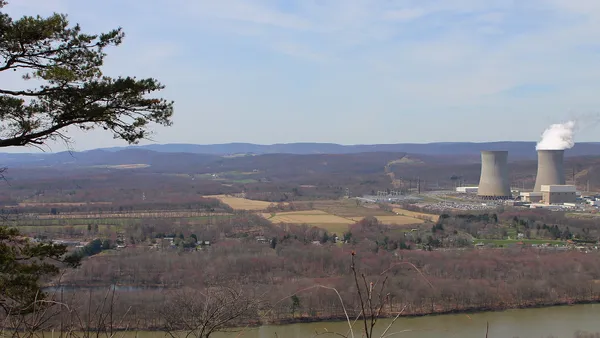Dive Brief:
- New analysis released by Energy Innovation estimates costs associated with proposed out-of-market subsidies for power plants would raise consumer costs between $2.4 billion and $10.6 billion annually, with the bulk of payments going to benefit only a handful of companies.
- In the highest-cost scenario, which encourages coal plants to generate energy even when the cost is below the marginal price of electricity, consumers would pay higher electricity costs of $200 million annually.
- Since the U.S. Department of Energy proposed full cost recovery for some merchant plants, estimates of the proposal's cost have varied widely. The Sierra Club said that based on 2016 economics, the new costs would have added up to $14 billion last year. IHS estimated the proposal could cost consumers nearly $4 billion annually.
Dive Insight:
DOE at the end of September finalized a Notice of Proposed Rulemaking to provide full cost recovery for merchant coal and nuclear plants with 90 days of fuel supply onsite in an attempt to keep the baseload plants online and operating. The proposal has unleashed debate over competitive markets and grid resilience, with clean energy advocates angry over possible support for coal plants.
Energy Innovation has released its own analysis of DOE's NOPR, but the wide-ranging estimates are reflective of the uncertainty surrounding the proposed rule. The firm assessed four scenarios, ranging from a conservative reading that only included uplift payments, to an expansive strategy that assumed full recovery of capital and fixed O&M, and also increased generation up to coal plants' maximum potential output.
"This would result in units with higher marginal costs effectively setting the market clearing price in many hours (since customers would pay the difference between the market price and their operating costs), resulting in higher overall electricity costs for customers," Energy Innovation said of the most expensive scenario.
The analysis also showed that only a handful of companies stand to benefit significantly from the NOPR.
NRG would be one of the biggest beneficiaries, resulting from subsidies for coal units, with increased revenue between $40 million and $1.2 billion per year. FirstEnergy and Dynegy would also stand to benefit significantly, with potential additional revenue of up to $500 million per year. Exelon and Entergy would benefit the most among nuclear operators. And under the most expansive interpretation, Exelon could receive $3.6 billion in subsidies for its nuclear plants.
"Under all four readings, more than 80% of the coal subsidies paid by customers under DOE’s proposal
would go to just five companies," Energy Innovation concluded. "The group of owners benefiting from the increased payments to nuclear generators is even smaller."
Rhodium Group has submitted comments to FERC, noting that most outages are not fuel-related.
The firm said that between 2012 and 2016, utilities reported roughly 3.4 billion customer-hours impacted by major electricity disruptions. Of those, 96% of those lost service hours were due to severe weather; fuel emergencies or deficiencies at power plants resulted in 2,382 customer hours of lost service — just 0.00007% of the total.
"Our analysis demonstrates that from a nationwide perspective, fuel supply issues are a very small driver of electric power outages and total lost electric service," Rhodium said.















